How to Build an Interior Design Mood Board (& Set Your Remodel Up for Success)
Have you always dreamed of cultivating a particular vibe in your home? It’s not easy to translate your vision into reality if you don’t have anything to guide you; having only foggy ideas for your remodel can quickly lead to veering off from your original design course.
If you’re looking to create a cohesive style in your next renovation project, an interior design mood board is an essential tool for keeping your project aesthetically on track. Whether you’re determining the style for your entire Seattle home, or a single room such as your kitchen and bathroom, a mood board will help you get better results with less time and toil.
What is a mood board in remodeling?
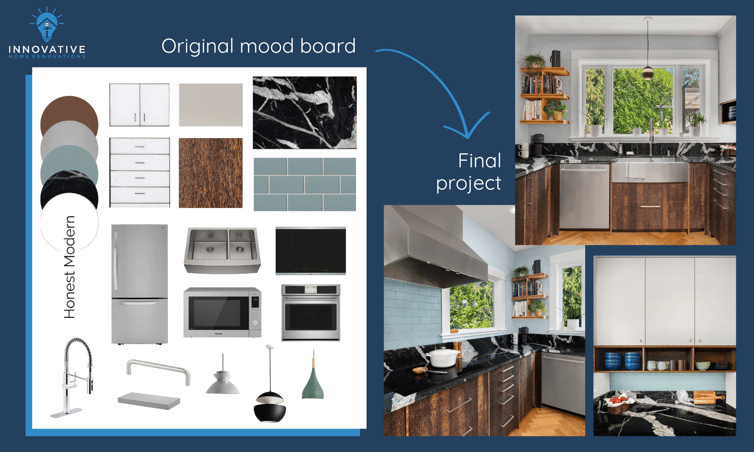
A mood board is a collection of images, textures, colors, and other physical elements that encapsulate your desired style, or “mood” for the finished room of your project. Mood boards can be physical, by gathering elements in the real world and assembling them, or digital, by finding and collecting material on the internet that inspires you.
What are the benefits of a mood board?
- Explore and find your style. If you’re unsure what you want your next project to look like, creating a mood board is the perfect exercise to figure it out. By exploring sources for inspiration and what feels right to you, you’ll be exposed to hundreds of different looks that you can use to narrow down and define what your own unique style is.
- Communicate your ideas to others. If you’re working with others on a project, it’s important to be able to show them the look you’re going for. This will help you get other decision-makers on board, as well as getting everyone involved with the project on the same page.
- Save time and money throughout the renovation. Establishing a set style will make design decisions throughout the project easier and less time-consuming; the mood board will narrow down your choices and guide you to the right selections. When you see all of the elements together beforehand, you will be able to anticipate and avoid design mistakes you may have otherwise moved forward with.
- Achieve your design goals and ensure it reflects YOU. Your mood board can be referenced throughout your project to make sure every design decision gets you closer to your desired style. Since it is a unique assortment created by you, a mood board enables you to create a space that effectively represents you.
See also: Your Guide to the 6 Top Seattle Kitchen Design Styles
How to create a mood board for your renovation
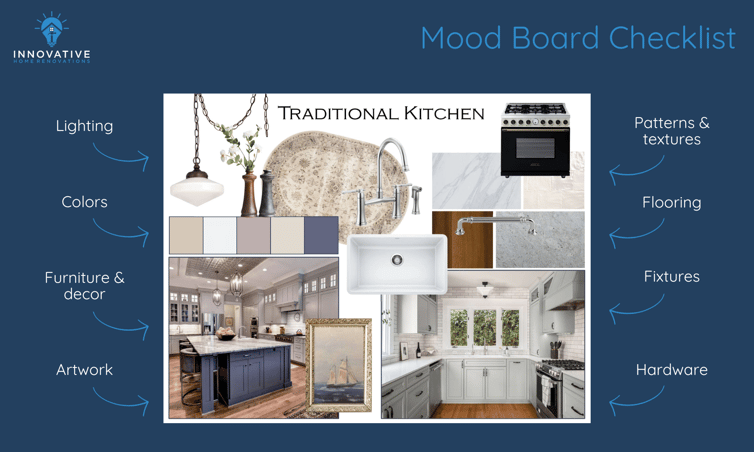
What to include in your home remodel mood board
A mood board is flexible; you can add anything that helps demonstrate your space’s future personality. Here’s what we recommend you look to include:
- Colors
- Patterns
- Textures and fabrics
- Flooring
- Furniture
- Artwork
- Lighting
- Anything else you find relevant! It could be words, quotes, vacation spots-anything you want your new space to emulate.
See also: How to Choose the Perfect Color Palette for Your Seattle Home
Where to find elements for your mood board
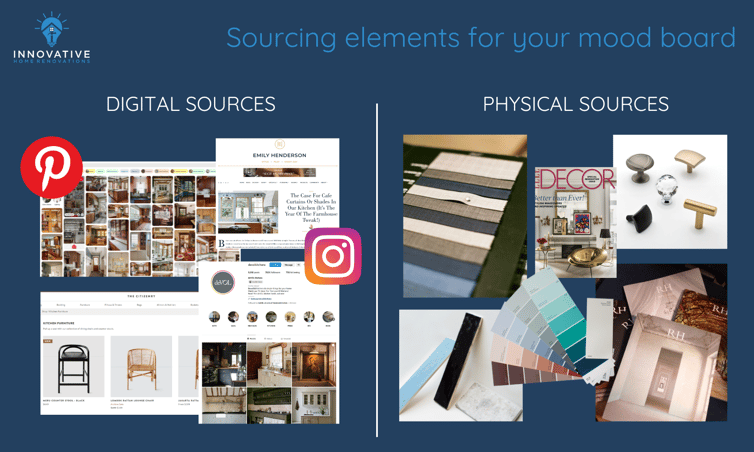
If you are assembling a digital mood board, you’re in luck: there is a nearly endless supply of material for inspiration online.
- Instagram: There are many accounts dedicated to home styling and renovations, including our own: @ihrseattle. Screenshot anything that inspires you.
- Pinterest: This is one of the easiest and most fruitful websites to look on, it’s made entirely of photos and meant for discovery.
- Blogs: Blogs dedicated to home styling and renovation can be helpful, especially if there’s a particular blogger who shares similar taste to you.
- Homeware stores & manufacturers’ websites: If there are certain stores or sellers you gravitate toward, scour their websites for your ideal look.
If you want a mood board you can touch and feel, there are still plenty of methods for gathering physical material:
- Magazines: Cut out photos from your favorite spreads in home magazines.
- Catalogs: Look in catalogs for particular pieces or displays that you like.
- Paint chips: Determine the color palette of your space with paint chips from your favorite home improvement store or paint shop.
- Fabric samples: Compare and contrast different patterns and textures with fabric samples from craft supplies or furniture stores.
- Hardware samples: If you can get physical samples, that would be ideal.
- Photo prints: If you find material on the internet you’d like to include, make prints of it.
Struggling on where to begin? Take our design style quiz to help get you started on your search.
Pro Tip
Familiarize yourself with interior design terminology, so you can better narrow down your online searches. To do this, you can browse through resources like this complete guide to interior design styles to pick out the words that best describe your intended style.
For even more prep, read Innovative Home Renovation’s Terms and Definitions for Your Seattle Home Remodel so you never miss a beat during your renovation.
Assembly
To assemble your digital mood board, you can create a Board on Pinterest and “pin” all of your elements, or if you have all of your pictures downloaded to your device, use a photo collage maker such as Canva.
If you are putting together a physical mood board, use a bulletin board and thumbtacks or a posterboard and hot glue, depending on the material you’ll be placing onto the board.
As you lay out your elements, place the most important pieces that are central to your style in the middle of the moodboard. Then, all of the supplementary stylistic pieces should be placed around it.
Once you feel satisfied with the board’s layout, take a step back and evaluate how the pieces look together. Do they accurately display your vision? Do certain elements look wrong? Now is the time to make adjustments and switch out anything you feel isn’t fitting.
Keep tinkering with the mood board until you’re confident in it; don’t get frustrated if it takes a few iterations. Design takes practice, and this is the time in your project where changes to the plan are easiest to make.
Using your mood board effectively
Remember to reference your mood board throughout your remodeling project to make sure the space is shaping up to meet your stylistic goals.
You may want to consider getting professional help in redesigning and renovating your space. At Innovative Home Renovations, our experienced team can help you in every step of the way. Collaborating with teams such as ours with a wide range of services can help you save time, money, and stress.
Choosing a Design-Build Remodeler in Seattle
If you’re looking to update your kitchen, redo your bathroom, or transform multiple living spaces in your home, professional teams can make the process easier and faster, while producing superior results. Partnering with Innovative Home Renovations allows you to collaborate with experienced designers and builders, so you can be confident with your remodeling decisions. Let us help you start planning your Seattle home upgrade by connecting with a project manager today.
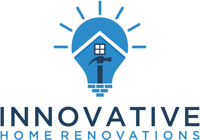


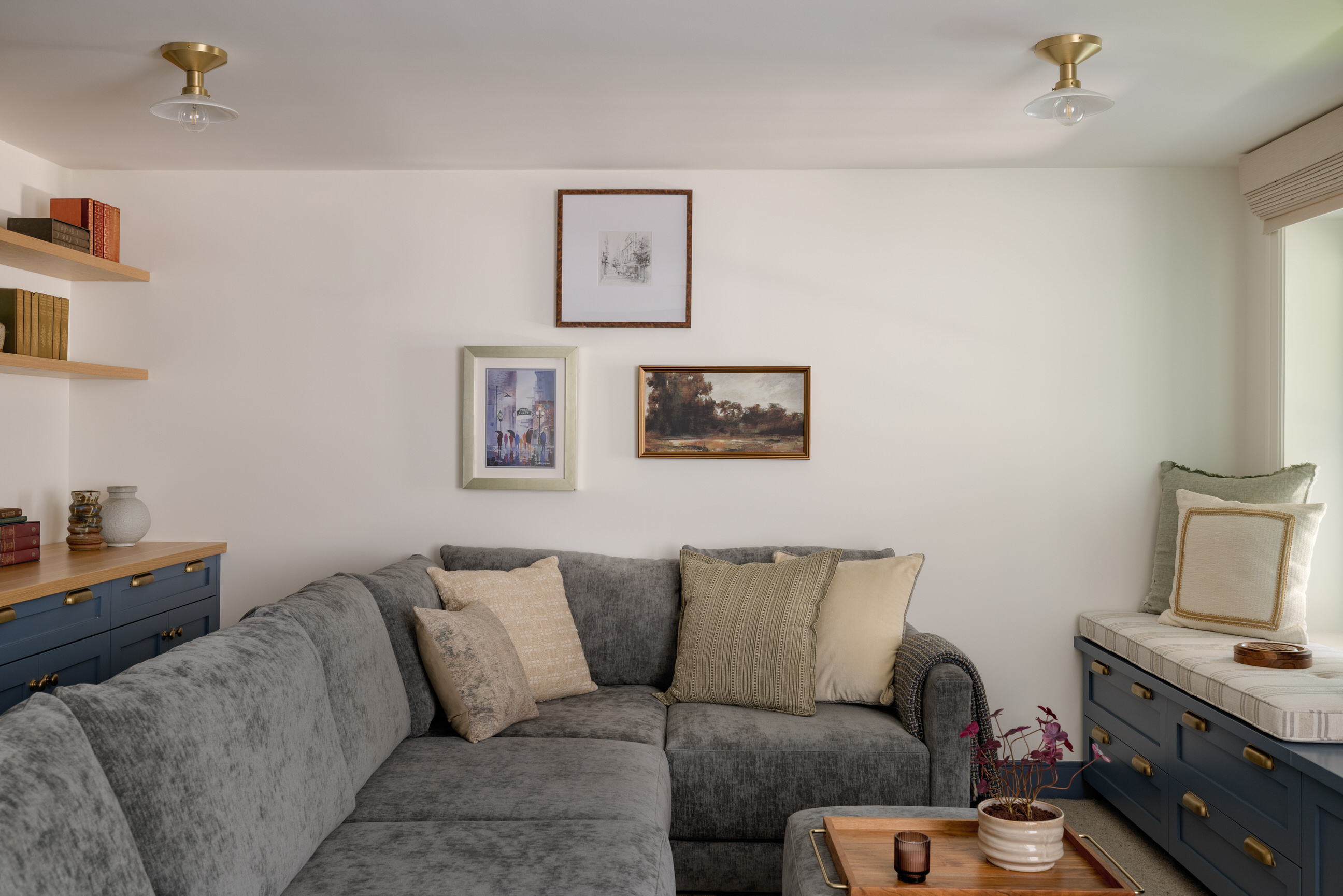
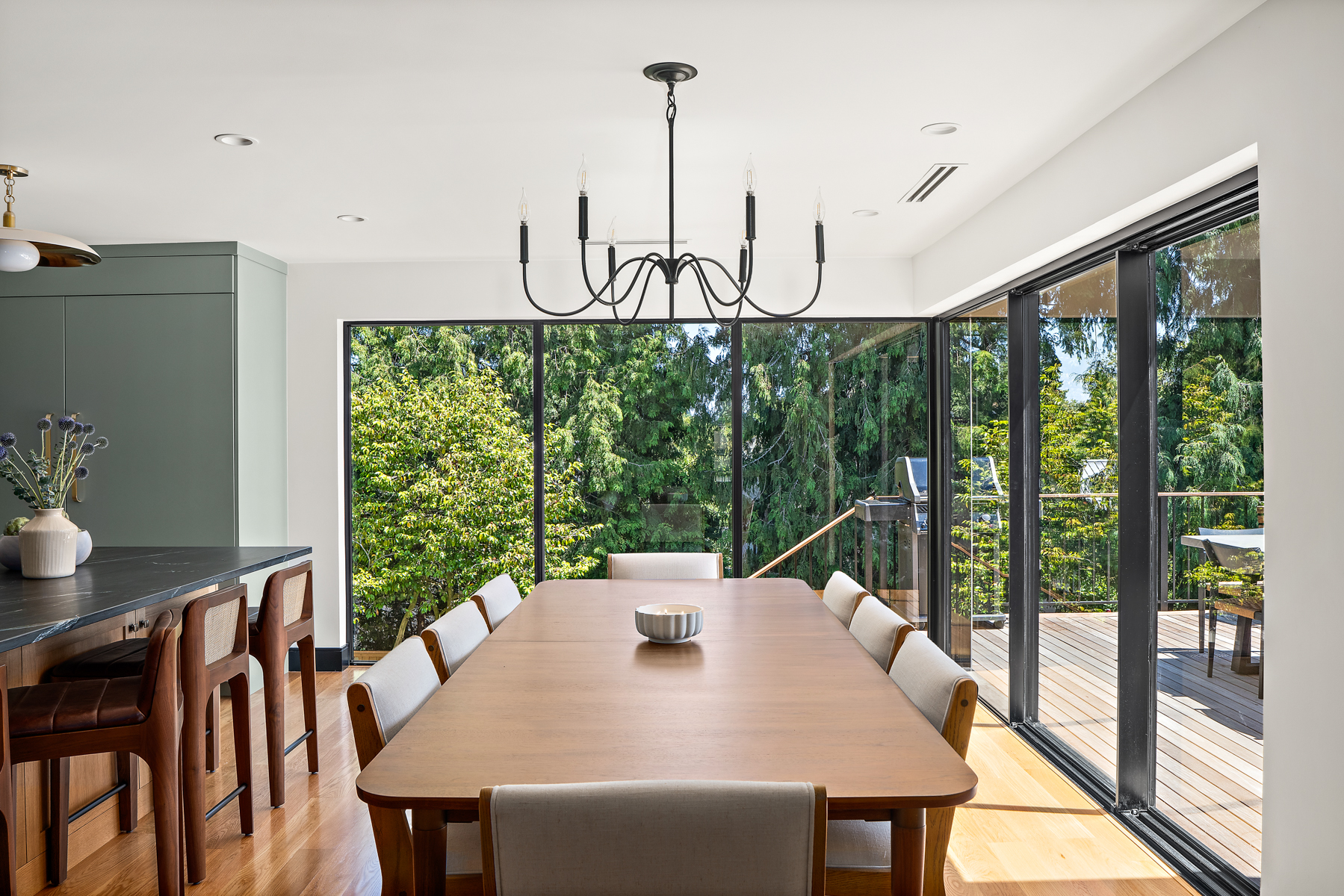
by Haley Carroll